In 2025, online dating is now firmly mainstream, clocking explosive growth and dealing with emerging challenges. Did you know dating apps now serve hundreds of millions of users, and the top apps pulled in over $6 billion last year? But beyond the profits, dating apps statistics show a user base increasingly fatigued by swipes and seeking something more. In this article, we dive deep into the emerging statistics about dating apps to understand how the emerging trends are poised to reshape the online dating experience.
Online Dating Market Trends
Table of Contents
The online dating-app market has grown into a multi-billion-dollar global industry. As of 2024, the market’s expansion continues, thanks to rising smartphone adoption and social acceptance, though some forecasts show growth plateauing in user engagement. Here is what online dating statistics tell us about online dating market trends
- In 2024, the global dating app revenue stood at $6.18 billion. Out of this, $3.35 billion came from Match Group’s apps alone
- North America emerged as the largest market, accounting for 50% of the revenue. Europe stood second at 23%. Asia-Pacific & Africa accounted for 27%, combined, and account for the fastest-growing adoption of dating apps
- The global market project for 2030 stands at $17.28 billion, indicating steady growth, albeit slower than the earlier boom years
What these numbers tell us: These numbers show that dating apps have become a major digital economy sector. The era of stigma is over. Online dating is now accepted as the norm for pursuing romantic connections. However, the industry now contends with maturing growth and shifting user expectations.
How Dating Apps Are Performing in 2025

Even within a booming market, not all dating apps are equal. Some industry leaders are maturing, while newer approaches surge. At least that’s what dating app performance statistics for top players in 2024–2025 tell us:
Related Reading: The Complexities Of Modern Dating And How To Navigate Them
- Tinder: The swipe pioneer remains the highest-grossing dating app, contributing roughly 30% of all dating-app revenue. In 2024, Tinder earned about $1.94 billion, accounting for 31.4% market share. However, growth has cooled. Match Group, Tinder’s parent, saw revenue rise only ~3% in 2024, a sharp slowdown from earlier double-digit gains. Tinder’s dominance persists, but its growth curve is flattening, reflecting a saturated user base and competition
- Hinge: In contrast to Tinder’s plateau, Hinge is crushing it with rapid growth. The app, which markets itself for serious relationships, generated about $550 million in revenue in 2024, a 38% YoY jump. This meteoric rise outpaced peers, reflecting Hinge’s popularity among young adults looking for more intentional dating experiences
- Q2 2025 Highlights for Match Group: The most recent earnings paint a clear contrast between Hinge and Tinder. Hinge’s Q2 2025 revenue hit $168 million with 1.7 million subscribers. Tinder’s Q2 2025 revenue was $461 million, but actually dropped 4% YoY, signaling user attrition or lower spend per user. Overall, Match Group’s Q2 2025 revenue was $864 million, and operating profit fell by ~5%
- Other Players: Other apps show mixed results. Bumble, the second-largest non-Match app, reportedly saw a revenue dip with ~7.6% YoY decline to $201 million in Q2 2025 and a drop in paying users. Niche apps like Grindr have more modest revenue of about $345 million in 2024 but cater to loyal segments
What these dating app statistics tell us: The dating app landscape is at an inflection point. Revenue is still growing, but largely concentrated in a few big platforms, and that growth is uneven. The days of breakneck new user expansion are slowing, forcing companies to innovate to keep both investors and users happy.
The Dating App Culture

Beyond dollars and downloads, what is the culture of dating apps like in 2025? User behavior data and surveys reveal a world of swipes and messages that’s both massive in scale and plagued by swipe fatigue. Here, we examine how people use dating apps, how they feel about them, and the patterns of engagement that define “swipe culture”:
Related Reading: Why Is Dating So Hard? 10 Reasons And How To Deal With Them
- Global usage at an all-time high: Dating apps have become a commonplace tool for meeting people. By recent counts, there are over 350 million dating app users globally. This user base has roughly doubled since the late 2010s, signifying the mainstreaming of app-based dating
- Swipe culture plateauing: There are signs that the initial frenzy of swipe-based dating is leveling out. In the U.S., the percentage of adults using dating apps and sites has actually dipped in recent years, from about 18% in 2019 to 15% in 2022. After a peak around the pandemic, a slightly smaller share of Americans are on dating apps now. Analysts attribute this to dating-app fatigue. Many users feel burnt out by the endless scrolling and superficial matches. Generally speaking, usage peaked around 2020 and has plateaued or declined slightly since.
- Profile fatigue and burnout: The statistics about dating apps and burnout are alarming: a majority of active users sometimes feel demoralized or tired of the whole process. Multiple surveys confirm a widespread “dating-app burnout.” For instance, in a Forbes Health poll, 79% of Gen Z and 80% of millennials said they’ve felt burnt out by dating apps. This burnout stems from the repetitive, transactional nature of swiping and chatting. Many users, particularly Gen Z dating actively, describe online dating as emotionally draining, cycling through matches that fizzle out, or facing ghosting and rejection at scale
- Attention Spans and “Icks”: On average, Americans spend surprisingly brief amounts of time looking at each profile. A Forbes survey found that almost a quarter of people spend under 60 seconds evaluating a potential match’s profile, and another 21% spend only 1–2 minutes. The biggest “icks” or dating turnoffs reported in the same survey include negativity or bitterness in a bio. Nearly ~70% of users cited it as a top reason to swipe left, followed by overly edited or filtered photos at ~63%. Sloppy or poor grammar is another common complaint. Users equate it with a lack of effort or education, and it can be an instant deal-breaker. Essentially, profile viewers are ruthlessly efficient: any hint of undesirable attitude, fake-looking pictures, or a typo-laden bio can trigger an immediate “nope” in a matter of seconds
What these online dating trends tell us: The dating app culture in 2025 is one of immense scale but also user ambivalence. People appreciate the opportunities apps provide, but are increasingly wary of the downsides, right from superficiality to ghosting, harassment, and the sheer mental drain of always being “on” in the marketplace of love.
Matches, relationships, and effectiveness
Are dating apps delivering on their ultimate promise of helping people find lasting relationships? The success rate for online dating is a subject of much debate, and the data suggests that while apps lead to some happy couples, they account for a relatively small share of real-world partnerships. Consider these dating apps statistics:
1. Fraction of couples meeting online
Despite the ubiquity of dating apps, studies show only a minority of couples actually meet through them. In a recent global analysis covering 17 countries, just 8–13% of heterosexual couples report meeting via dating apps, compared to about 24% of lesbian, gay, or bisexual (LGB) couples. So, roughly 1 in 10 straight couples and 1 in 4 same-sex couples owe their relationship to an app. The rest met through traditional means like friends, work, school, or other social venues. Similarly, a Pew Research Center survey in the U.S. found that only 10% of partnered adults say they met their current significant other through an online dating platform.
Even among Americans under 30, who are most active on apps, about 20% of those in a relationship met their partner online. These success of online dating statistics highlight that while apps are a common way to seek dates, they are far from being the dominant avenue into long-term relationships, especially for straight individuals.
2. Many options, few “matches”
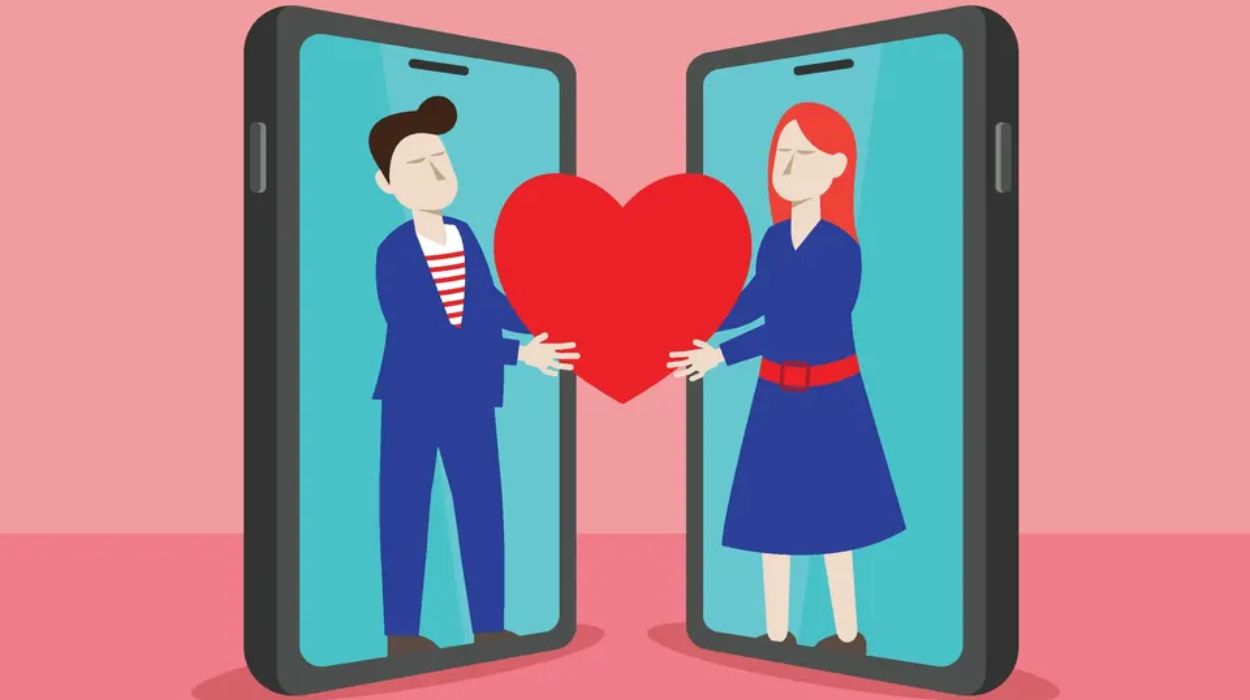
Users might accumulate dozens or hundreds of matches and chats, but only a handful translate to real dates, and fewer still to relationships. Studies by dating companies have hinted at this. For instance, women on apps report only ~10–30% of their matches result in an in-person meeting, while men’s odds are even lower, often under 5%.
So while apps dramatically expand your pool of potential partners, the effective outcomes, such as exclusive relationships, marriages remain limited in percentage terms. This disconnect can fuel frustration.
Related Reading: How To Start Dating: Tips For Beginners & Those Starting Again
3. Quality vs. quantity
It’s also debated whether relationships formed via apps are as durable or satisfying as those formed offline. Some research indicates that couples who meet online are just as likely to form stable, happy partnerships. However, other surveys suggest that because apps make dating feel abundant and transactional, people may be less inclined to commit.
The success rate for online dating in yielding marriages is still developing – early 2010s data showed a rising trend of marriages from online meeting, but current anecdotal evidence hints that many app-initiated connections fizzle quickly or stay casual
What these trends tell us about the success rate for online dating: Dating apps absolutely can lead to love but statistically, they’re not yet replacing old-fashioned ways of meeting a partner. They are one channel among many, and a channel where a lot of swiping effort doesn’t always translate into long-term love.
Related Reading: 9 Signs You’re Ready To Give Up On Dating And How To Handle This Shift
Burnout, mental health, and social impact
The impact of dating apps extends beyond dating itself. Researchers are increasingly studying how these platforms affect users’ mental health, self-esteem, and social norms. Unfortunately, much of the evidence points to negative side effects when apps are used intensively. Here is what dating apps statistics indicate:
1. Body image concerns
A comprehensive review of studies from 2016 to 2023 found that over 85% of research studies reported a significant link between dating-app use and poor body image. Heavy use of apps, which often emphasize photos and snap judgments, correlates with increased dissatisfaction with one’s own appearance.
Scrolling through curated profiles can spur unhealthy comparisons. Many users, especially young women, report feeling not “attractive enough” after using apps. Some engage in disordered eating or excessive gym use to meet perceived standards. Apps can thus exacerbate pre-existing body image pressures, as people literally judge and are judged on looks.
Related Reading: 7 Reasons Why Dating Sucks And How To Cope
2. Mental health effects
Similarly, almost half of the studies reviewed found negative mental-health outcomes associated with dating apps. Frequent app users have been linked to higher rates of anxiety, depression, and low self-esteem. The gamified “swipe-right” design can create an addictive cycle that leaves users feeling disposable or rejected. In surveys, a significant number of users say dating apps have made them feel more pessimistic about dating and themselves.

Terms like “Tinder fatigue” and “dating app anxiety” capture how the process can wear people down emotionally. The endless possibilities and the endless disappointment when matches don’t pan out can take a toll on well-being. These negative impacts are prominent enough that researchers are calling for safeguards like time limits on apps or features to encourage kinder interactions.
3. exhaustion and safety issues
Apart from burnout, emotional exhaustion linked to dating app overuse is also real. Constantly assessing and being assessed, or dealing with rude messages and ghosting, can cause genuine stress. This not only affects mental health but also causes some to abandon the apps entirely. Public opinion is divided on whether online dating is safe. About 48% of Americans consider it safe, 49% unsafe. This has even sparked calls for better moderation and features like background checks on dating platforms.
What these statistics tell us: While dating apps have opened up a world of options, they also present new psychosocial challenges. There is now a clearly established link between heavy app use and negative well-being indicators such as body image issues, emotional exhaustion and fatigue.
What The Future Of Online Dating Looks Like
With user growth leveling off and criticisms mounting, where do dating apps go from here? Industry leaders and upstarts alike are already pivoting strategies to address swipe fatigue and cater to a generation craving more authentic connections. Here are some key trends and innovations shaping the future of online dating as we head further into 2025 and beyond:
1. Intentional dating over swiping
Many apps are rebranding or redesigning to encourage “intentional dating”, emphasizing quality over quantity. Hinge is the poster child of this movement, billing itself as the app “designed to be deleted.” This approach seems to resonate. Hinge’s user base and revenue have soared, suggesting daters are responding to a more purposeful experience. Other platforms are taking note.

Bumble, for instance, added features for defining what you’re looking for, so users can indicate if they want a relationship or something casual. The idea is to combat the “numbers game” feel and replace mindless swiping with mindful matching.
Going forward, we can expect apps to introduce more prompts, guided questions, and profile elements that foster substance over quick judgments. The future might look a bit less like a hot-or-not slot machine and more like a digital matchmaker that slows users down for deeper consideration.
2. Monetization vs. matchmaking—A balancing act
One core challenge dating services face is aligning their business model with user success. If an app succeeds in finding you “the one,” you leave, which is bad for recurring revenue. This “churn cliff” is prompting creative solutions.
- Some companies are expanding their portfolio of apps to catch users at different life stages, such as lighthearted dating in youth, and serious relationships for later stages
- Others are doubling down on subscription models that provide ongoing value beyond just finding a date, offering social features, communities, or content to keep singles engaged even when they’re not actively looking
- The goal is to increase “time on app” in positive ways, so users see the app not just as a means to an end but as a place to hang out until they truly don’t need it
- The future monetization likely involves tiered services: basic matching remains free, but apps will upsell experiences like IRL events, coaching, and AI-driven profile improvements that keep singles engaged and paying even as they pursue meaningful matches
Related Reading: Dating Etiquette—25 Rules That Set You Up For Success
3. Rise of niche and IRL hybrid platforms
Another trend is the growth of niche dating apps and services that facilitate more organic meetings. Instead of one-size-fits-all swiping, many new apps target specific communities or interests, from farmers to gamers to pet lovers. The appeal is a more curated pool and a sense of community. Alongside, apps are also dipping their toes into offline dating experiences through,
- Meetup events
- Speed dating nights
- Single mixers
This indicates a recognition that people are craving real-world interaction after years of being glued to phones. The future of online dating likely holds more hybrid models with apps that start connections online but quickly encourage offline encounters. Users can also expect more video dating features. The pandemic normalized video chats, and apps may integrate video speed-dating rounds to humanize the process before an in-person meet.
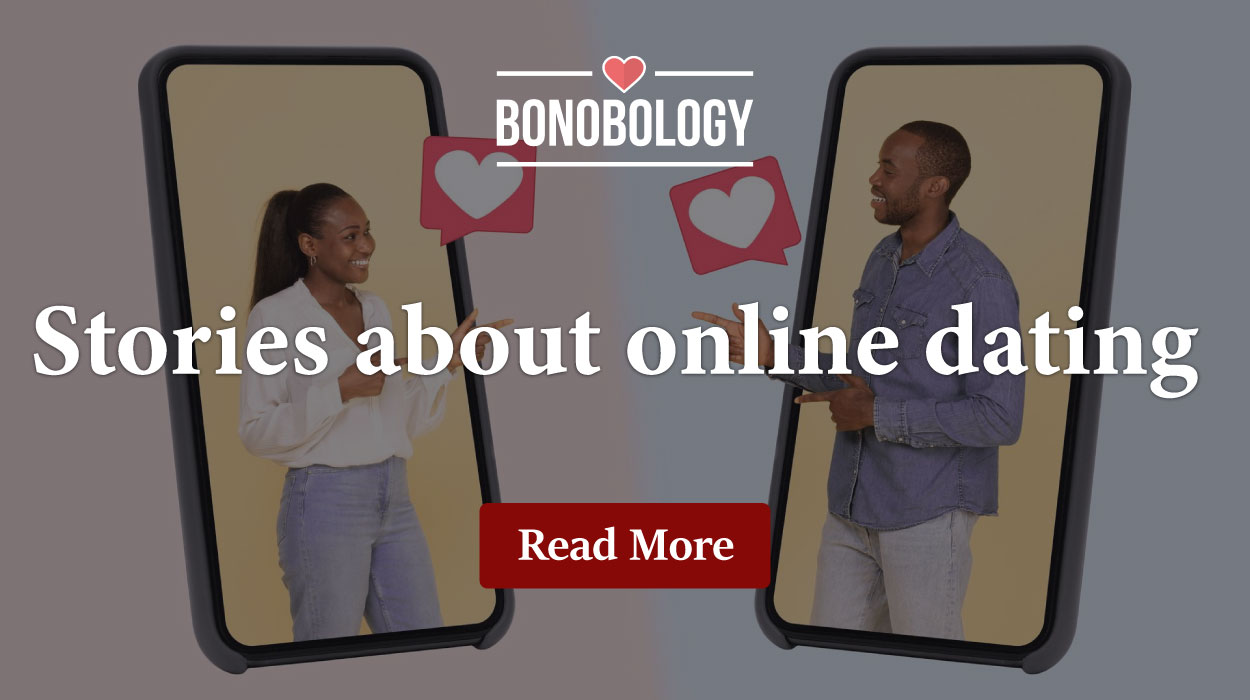
4. AI and technology enhancements
We can’t talk about the future of online dating without mentioning AI-powered matchmaking. Dating apps are increasingly investing in AI to improve matches. We’re not just talking about basic algorithms here, but leveraging machine learning to analyze your swiping behavior, messages, and even what kind of profiles you linger on to serve up more compatible suggestions.
- Some apps are experimenting with AI chatbots that can coach users on conversation starters or even act as an AI friend to practice flirting
- Emotionally intelligent AI might help identify when a conversation is fading and suggest a prompt, or detect harassing messages and intervene
- There’s also talk of using AI for deception detection, flagging profiles with heavily filtered photos or inconsistent info to combat catfishing
While AI offers exciting possibilities to make dating apps smarter and safer, it also must be handled carefully. If that balance is struck, AI could streamline the dating experience. Imagine an app that learns your true preferences over time and gradually delivers better quality matches, thus freeing you from the cycle of endless swipes. That kind of innovation could potentially rekindle users’ faith that dating apps can lead to meaningful relationships without so much toil.
What these possibilities in the world of online dating tell us: The future of online dating is likely to be a course-correction from the past decade’s swipe fest. We’ll see more intentional, human-centric design, whether through slower dating modes, community-building, or guided experiences. Apps will try to prove they prioritize user well-being. Niche platforms and real-life integrations will coexist alongside traditional dating app models.
FAQs
In 2025, dating apps have become a global phenomenon with more than 350 million active users worldwide. This number has nearly doubled compared to the late 2010s. While North America and Europe still dominate in revenue, Asia-Pacific and Africa are the fastest-growing markets for online dating. Despite this huge user base, recent surveys suggest engagement has plateaued in certain markets, with some users taking breaks due to fatigue or frustration with the swipe-based culture.
Yes, dating apps can lead to meaningful relationships, but the success rate is still lower than many expect. Studies show only about 8–13% of heterosexual couples and 24% of LGBTQ+ couples meet their partners through apps. In the U.S., around 10% of partnered adults say they met their significant other online. While dating apps can create genuine connections, the majority of couples still meet through traditional means like friends, work, or social events.
Dating app burnout has become a major issue, especially among Gen Z and millennials. About 78–80% of users say they’ve felt emotionally drained by endless swiping, ghosting, and superficial interactions. The repetitive cycle of creating matches that fizzle out can feel more discouraging than exciting. Many people also report low self-esteem and pessimism about dating after prolonged app use. This fatigue is one reason why growth in some markets has slowed, and why many apps are pivoting toward intentional, quality-driven dating experiences.
Tinder remains the top-grossing dating app, accounting for about 30% of global revenue, though its growth has slowed considerably. In contrast, Hinge is experiencing explosive growth, with a 38% revenue jump in 2024, thanks to its positioning as a relationship-focused app. Bumble, while popular, has recently reported declining revenue and user engagement. Niche apps like Grindr continue to thrive within loyal communities but remain smaller in overall market share. These trends show the industry is diversifying, with different apps appealing to different user needs.
The next phase of online dating will focus on intentional connections, not just endless swiping. Apps like Hinge and Bumble are already shifting toward quality over quantity, using prompts and guided questions to encourage deeper interaction. At the same time, AI will play a bigger role in improving matches, flagging fake profiles, and even helping users keep conversations flowing. We’ll also see more niche apps catering to specific communities, plus offline integrations like speed-dating nights or mixers. The future promises a balance of technology and real-life connections.
Key Pointers
- Dating apps by the numbers: 350M+ users generate ~$6B yearly. The market may hit $17B by 2030, but engagement is flattening
- Industry leaders’ performance: Tinder holds ~30% revenue share but growth stalled, while Hinge surged 38% YoY to $550M in 2024
- User behavior trends: 78% report swipe fatigue. US adult use dropped from 18% in 2019 to 15% in 2022. Quick judgments and “icks” drive swipes
- Limited success rate: Only 8–13% of straight couples and 24% of LGBTQ+ couples meet on apps. Meaningful matches remain rare
- Future outlook: Apps shift toward intentional dating, AI features, niche platforms, and offline events to sustain engagement
Final Thoughts
Online dating isn’t going away. In fact, it continues to grow. But 2025 marks a turning point in how we approach it. The statistics about dating apps show an industry that’s vastly successful in scale, yet coming to grips with plateauing engagement and user fatigue. The number of people swiping may have peaked, but those who do use these apps will demand a better, healthier experience. Moving forward, the dating app landscape will likely emphasize quality, fostering genuine connections and addressing the mental-health effects of swiping. In this next phase, success for dating apps will be measured not just in revenue or user counts, but in creating meaningful matches without burning people out.
The Art Of Online Dating: Navigating The World Of Apps And Websites
Your contribution does not constitute a charitable donation. It will allow Bonobology to continue bringing you new and up-to-date information in our pursuit of helping anyone in the world to learn how to do anything.

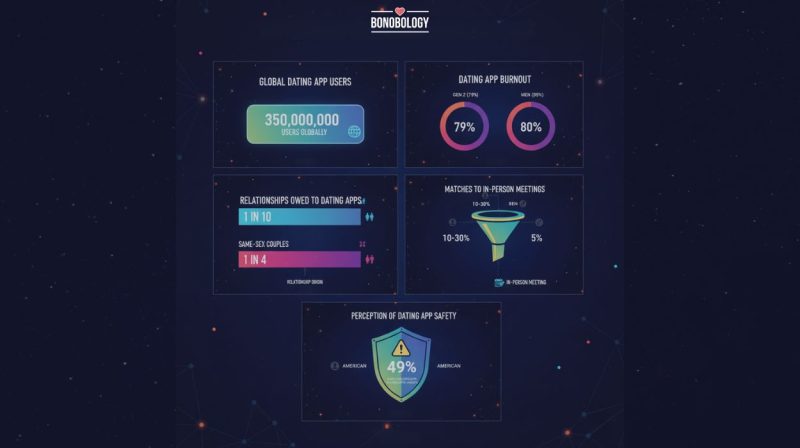
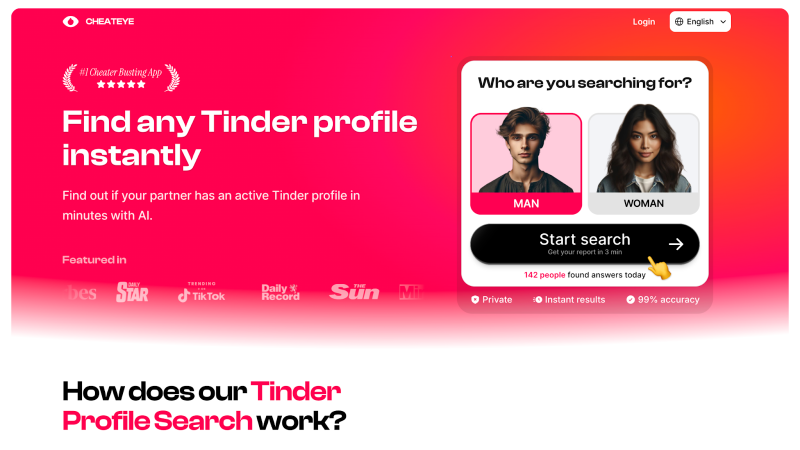

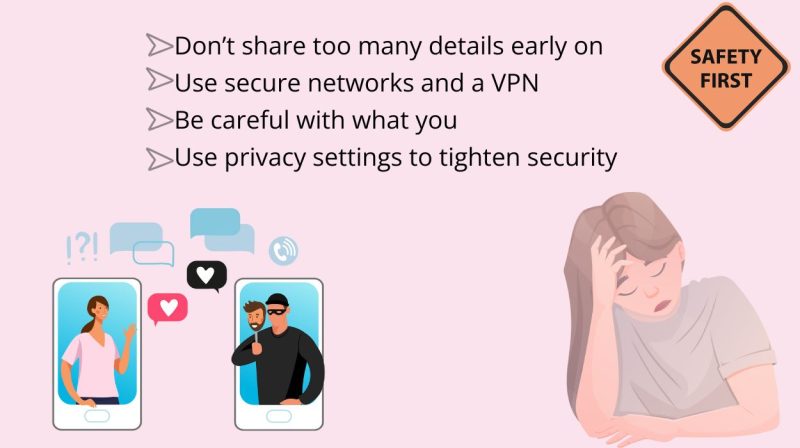
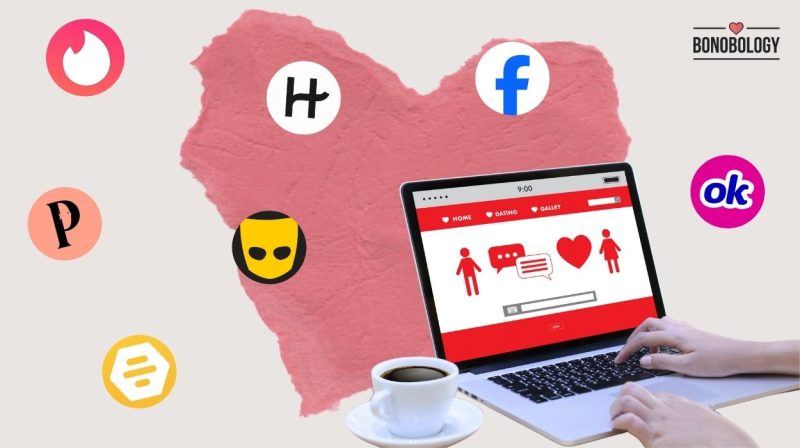

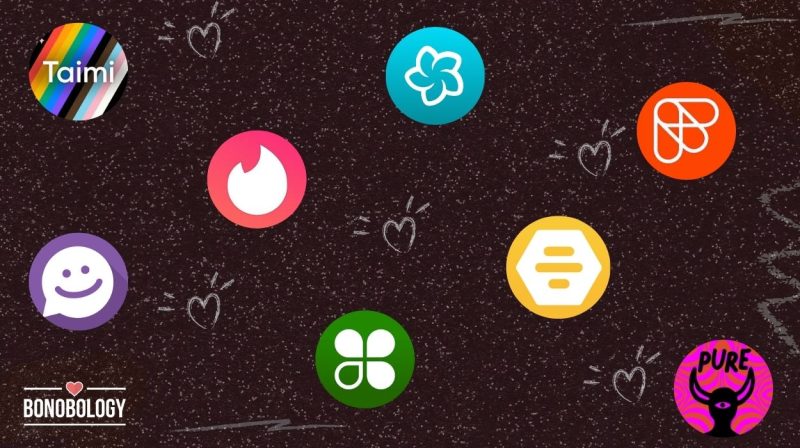
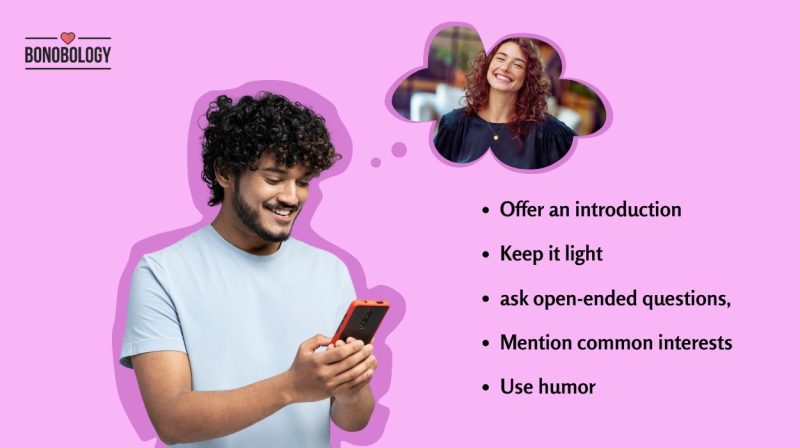


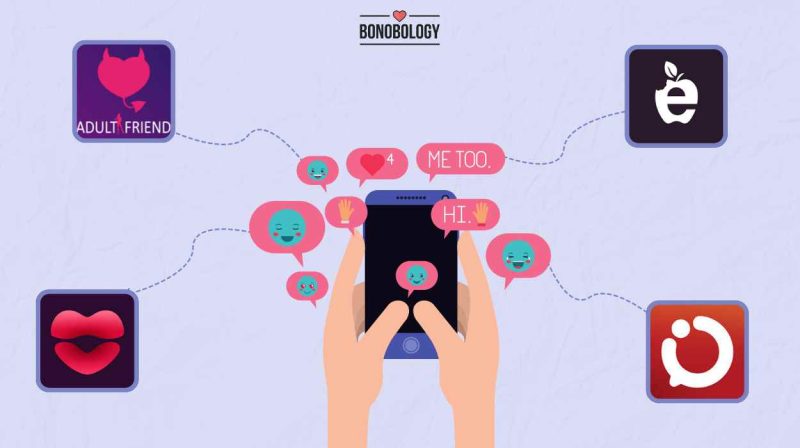
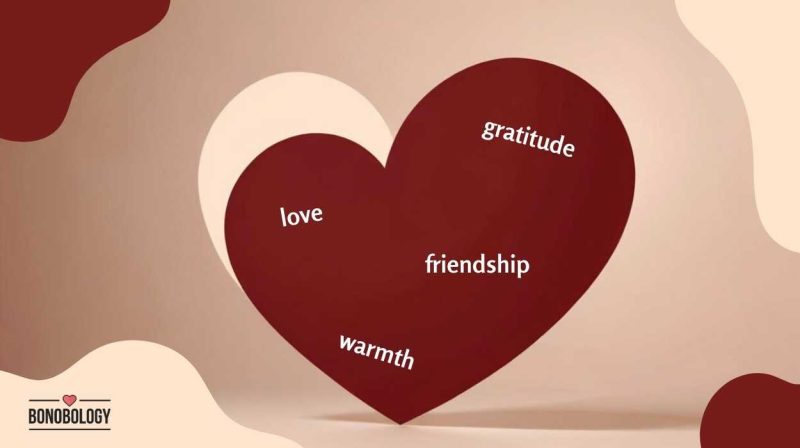

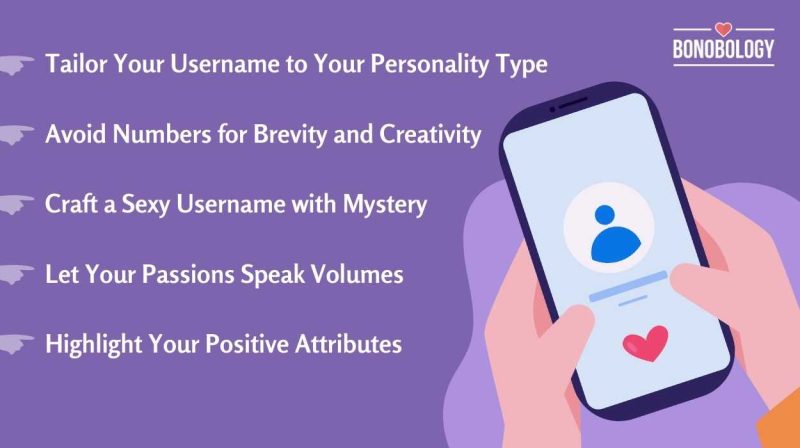
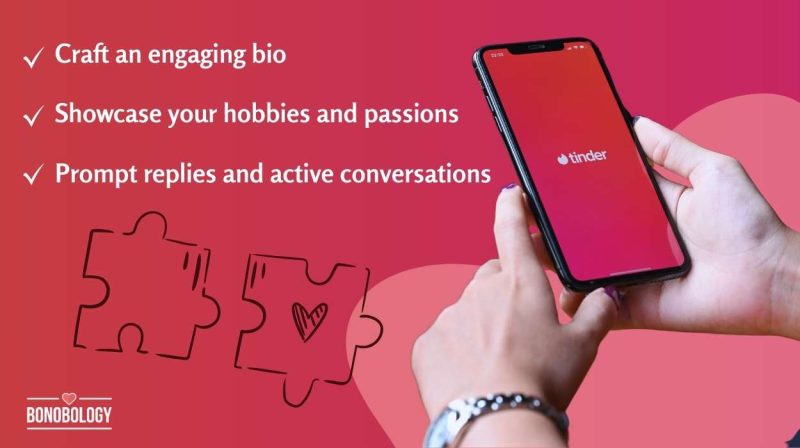
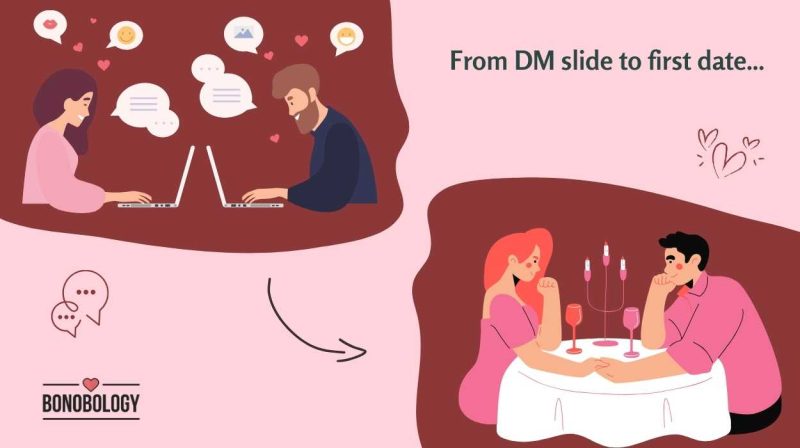




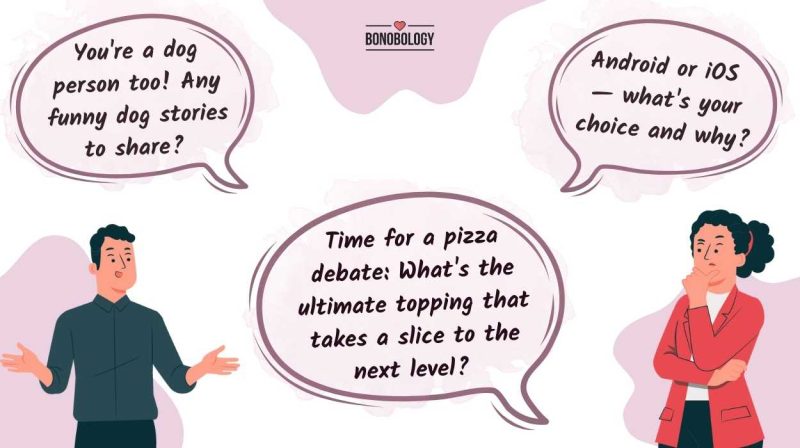
Featured
Your Go-To Guide for Finding Profiles on Tinder
10 Essential Online Dating Tips For Women
Online Dating Safety Guide: Protect Your Privacy, Identity, And Emotions
7 Catfishing Apps in the Dating Sphere-WATCH OUT!
13 Best Anime Dating Sites And Apps For Otaku Singles In 2025
21 Best Hookup Apps For Those Looking To Get Laid
How To Text A Girl For The First Time: 15 Tips And 75 Examples
15 International Dating Sites — Broaden Your Search For Love
15 Real Mature Female Dating Profile Examples
15 Best Dating Apps For Cheating | 2025
❤️ Meaning From A Girl—5 Interpretations And How To Respond
Looking For The Perfect Headline For Dating Site? 200+ Ideas
200+ Ideas For A Username For Dating Site — Set Yourself Apart
10 Actionable Steps To Increase Tinder Matches
13 Genuine Tips To Help You Slide Into Someone’s DMs
65 Best Instagram Pickup Lines To Start A Conversation
How To Find A Millionaire To Date: 10 Ways To Attract A Millionaire Man
9 Best Trans Dating Apps And Sites: Top Expert Picks
50 Incredible Responses To The “Dating Me Is Like” Hinge Prompt
100 Best Hinge Conversation Starters To Get You To The Talking Stage